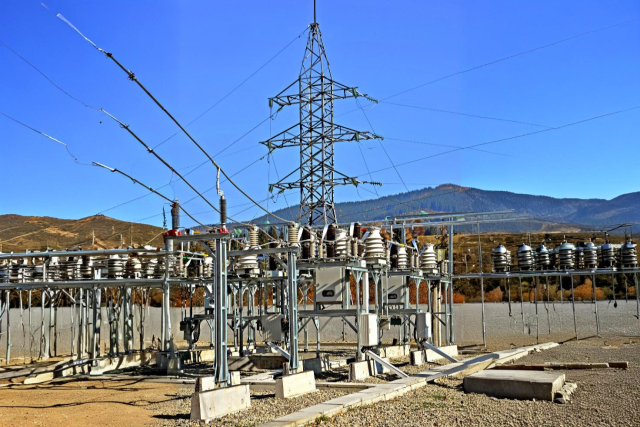
The power transformer market has undergone dramatic changes in the last few years. The story is steered by continuous technology advancements, increasing energy demands, and more emphasis on sustainability. One of the most integral parts of the electrical grid is a power transformer that performs a key role in the distribution and transmission of electricity. With a clean and digital shift in the global sphere, the power transformer industry is rapidly evolving. This blog post will highlight the latest advancements in the power transformer market with trends, innovation, and the challenges that face the industry.
Increasing Electricity Demand and Smart Grid Integration
One of the significant factors fueling power transformer growth is increased demand in the electricity sector. With countries becoming more industrialized and urbanized, providing reliable, efficient, and steady electrical power without structural failure is urgently needed. Increasing electric vehicles, increasing uses of renewable energy sources, and up-dating existing electrical infrastructure add much to the demand for power transformers.
Integration of smart grids is yet another crucial innovation in the market for transformers. Smart grids will use digital communications to monitor power flow, so efficiency increases with reduced outages. For support of the functionality of smart grids, it has been required for power transformers with digital sensors and communication systems so that the required data is received in real-time and increases reliability in the grids. These transformers are fitted with the facilities to monitor such parameters as temperature, load, and pressure and thus avoid the failure of this power.
Trends toward Renewable Energy and Effect on Transformer Design
As the world transitions to renewable sources of energy, such as solar and wind power, and hydroelectric, power transformer design and application adapt to the special challenges these sources pose. Renewable energy generation usually requires inclusion of DERs in the grid, thus transformers must be capable of handling variable loads and adapting to fluctuations in power supply.
The new modern transformers are becoming more flexible as they allow accommodating renewable sources and decentralized power generation. Modern transformers are often efficient and work on higher voltage levels, which would be important to support the transmission of renewable energy over longer distances.
This also includes the highly developed cooling system because of increased heat generated in high-efficiency operations in power transformers for renewable energy applications. Thus, optimal performance and preventing overheating will prevent equipment failure. The industry for transformers shifted focus to green materials and sustainability since the start of renewable energy.
More Emphasis on Sustainability and Environment-Friendly Solutions
With sustainability being at the core of every industry today, the power transformer market has not been an exception to embrace eco-friendly solutions.
Currently, companies focus more on creating a transformer that leaves less harm to the environment: natural ester oils biodegradable with fewer harmful substances compared to those conventional mineral oils. These types of oils also enhance fire resistance and are non-toxic in addition to their plant-based sources being renewable, therefore greener alternatives.
Technological Advancements and Smart Transformers
Technological advancements have revolutionized the design and functionality of power transformers. The rise of "smart transformers" is a prime example of innovation within the sector. These transformers are equipped with advanced sensors, communication systems, and diagnostic tools that provide real-time monitoring of transformer health. This enables utilities to detect issues before they become serious problems, improving the reliability and efficiency of power distribution systems.
A digital twin is a virtual model of a transformer that simulates its real-time performance, helping engineers predict potential issues and optimize the transformer’s operation. By using digital twins, manufacturers and utilities can better manage transformer lifecycle, ensuring peak performance and longevity.
Challenges Facing the Power Transformer Market
while the power transformer market continues to grow and innovate, several challenges remain. One of the most significant challenges is the aging infrastructure in many parts of the world. Older transformers often require expensive upgrades or replacements, and this process can be hindered by budget constraints and logistical difficulties. Aging transformers are also more prone to failures, which can lead to power outages and costly repairs.
The Future of the Power Transformer Market
looking ahead, the power transformer market is poised for continued growth, driven by the increasing demand for electricity, the shift towards renewable energy, and the push for sustainable solutions. Manufacturers will continue to innovate, developing more efficient, environmentally friendly, and technologically advanced transformers to meet the needs of modern power grids.






